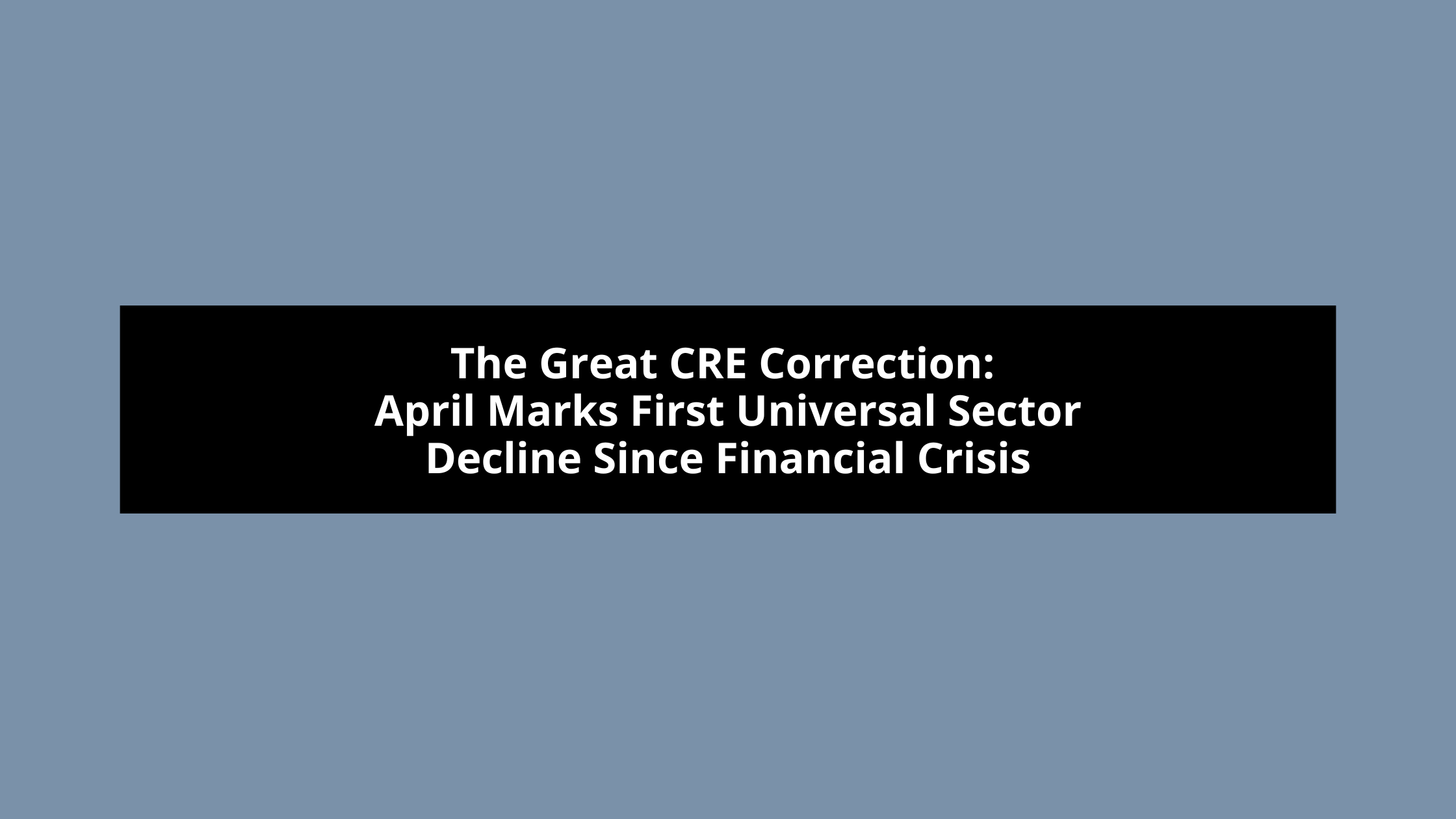After two years of reduced activity, the commercial real estate (CRE) lending market is poised
for a comeback in 2025 as interest rates are expected to fall. CRE lending is set to rebound in 2025 as interest rates decline. This shift will provide a welcome boost to developers, investors, and other industry professionals who have weathered the challenges of the high-rate environment.
The Shift Toward Increased Lending
According to industry reports, major banks are preparing to ramp up their CRE lending by 2025 in response to the Federal Reserve’s anticipated rate cuts. This comes after a prolonged period of belt-tightening, where rising interest rates led banks to scale back their balance sheet lending across the nearly $6 trillion CRE mortgage debt market.
During this time, alternative lenders such as private equity firms and the commercial mortgage-
backed securities (CMBS) market stepped in to fill the void, with CMBS issuance nearly tripling
in the first half of 2024 compared to the previous year. While these non-bank lenders played a
crucial role in keeping the market afloat, banks are now poised to regain their footing as the
interest rate landscape shifts.
Participation Through CMBS
One strategy banks are exploring is to participate in the CRE lending market through the CMBS channel. This allows them to handle large loans for premium properties without holding the full risk on their balance sheets. By working with CMBS, banks can leverage their expertise and relationships to capture a share of the CRE lending activity, even in a more conservative lending environment.
Underwriting Remains Cautious
~Despite the anticipated increase in CRE lending, banks are still maintaining strict
underwriting standards for new loans. Loan-to-value ratios for large loans are typically
ranging from 50% to 60%, with debt yields in the high single digits. These conservative
measures reflect an effort to mitigate risk, particularly as certain commercial property
sectors, such as office space, continue to face refinancing challenges.
~As existing loans with lower interest rates are renewed, banks are often requesting higher
equity contributions or improved covenants from borrowers. This approach helps to
ensure that new loans are structured with a stronger risk profile, providing a safeguard
against potential market volatility.
Opportunities for Developers and Investors
For commercial real estate developers and investors, the expected resurgence in bank lending presents both opportunities and challenges. On the positive side, access to financing will become more readily available, enabling projects to move forward and new investment opportunities to emerge.
However, the continued caution in underwriting means that developers and investors will need to
be prepared to demonstrate the strength of their projects and their own financial standing.
Prioritizing high-quality assets, maintaining conservative leverage, and ensuring robust tenant
profiles will be essential in securing favorable loan terms.
Navigating the Shifting Landscape
As the CRE lending market transitions, industry professionals will need to stay informed and adaptable. Monitoring interest rate trends, understanding the evolving lending landscape, and building strong relationships with a diverse pool of lenders will be crucial to navigating the shifting environment and capitalizing on the opportunities that arise.
The anticipated increase in CRE lending in 2025 represents a turning point for the industry,
signaling a potential return to more robust lending activity. By staying attuned to market
dynamics and positioning their projects and investments accordingly, developers, investors, and
other industry stakeholders can position themselves for success in the coming years.
About the author: Myles Lichtenberg, Esq., is a recognized leader in the real estate title insurance industry. Since 1979, Mr. Lichtenberg, and his amazing team, have conducted well over 27,000+ real estate title transactions and over $16 Billion Dollars of settled transactions, involving just about every type and variety of real estate configuration — from commercial to residential, from complex to simple and from single-state to multi-state portfolios.


